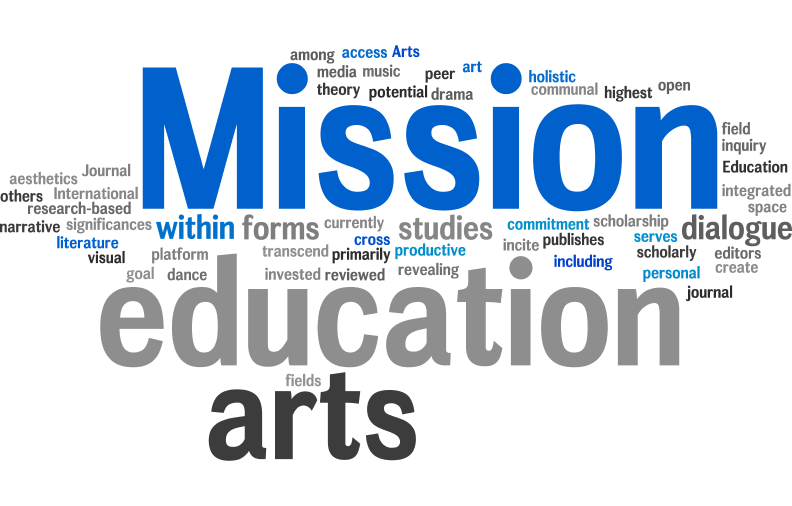| Volume 20 Number 20 | October 1, 2019 |
Young Children Drawing Together on the iPad Versus Paper: How Collaborative Creativity is Shaped by Different Semiotic Resources
Mona Sakr
Middlesex University, England
Citation: Sakr, M. (2019). Young children drawing together on the iPad versus paper: How collaborative creativity is shaped by different semiotic resources. International Journal of Education & the Arts, 20(20). Retrieved from http://doi.org/10.26209/ijea20n20.Abstract
Facilitating collaborative creativity among children involves offering material resources that support collaborative and creative interactions. Popular views of tablets, such as the iPad, suggest that they are better suited to solitary game-playing or video-watching than to collaborative open-ended tasks. I explore this further through a social semiotic lens, applying the concepts of ‘semiotic resources’ and ‘affordances’ to develop a more nuanced understanding of what tablets have to offer in relation to children’s collaborative creativity. Through this lens, I compare observations of six pairs of 5-6-year-old children engaged in a collaborative drawing task completed either on paper or on the iPad. I apply a thematic analysis to the children’s dialogue across 25 episodes (15 iPad, 10 paper) and the visual dimensions of their 41 drawings (23 iPad, 18 paper), and develop three interwoven themes: 1) attitudes to space, 2) momentum of the line and 3) pathways to representation. For each of these themes, I explore how the affordances of the iPad and/or the particular application feed into these aspects of the drawing process and the implications of this for children’s collaborative creativity. The analysis suggests that drawing on the iPad can be more responsive and less subject to personal planning than drawing on paper. I suggest that this difference is shaped by physical properties such as the touch-screen interface, but also emerges as a result of the cultural investment in drawing on paper as a form of ‘self-expression’, a notion that works to limit exploratory and collaborative engagement with the resources. Since participants were noticeably open to exploring new ideas together while drawing on the iPad, I argue that we need to reassess the potentials of touch-screen tablets to support tasks of collaborative creativity in educational contexts.
Visual Abstract
This article is available in PDF format.





